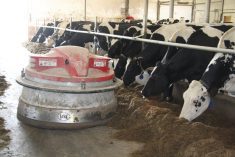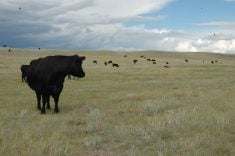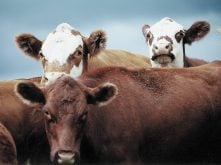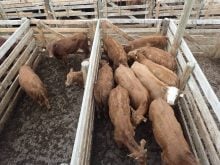LETHBRIDGE — Late blight in potatoes has reached epidemic proportions on the Prairies.
Late blight is a fungal disease that resulted in the death of more than one million Irish peasants in the 1840s and forced another million to leave their homeland.
This same blight has appeared in localized areas of British Columbia, Alberta and Manitoba.
A water-loving fungus, late blight has thrived during the last two summers of wet, cool weather, said Agriculture Canada official George White. No Canadian crops were wiped out but because of mid-west flooding in the United States, damage has occurred there.
Read Also
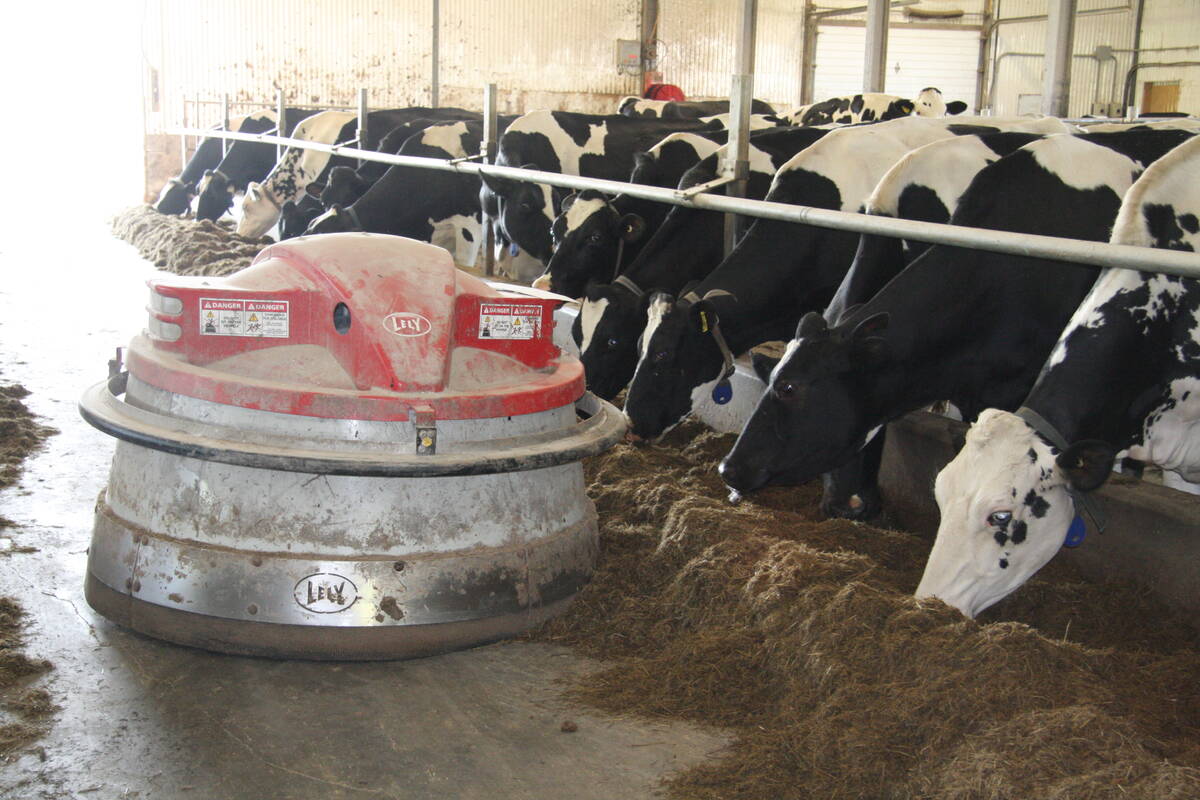
Partnerships, communication key to disease management
Communication and strong, trusted partnerships are key to managing infectious diseases like Foot and Mouth Disease and HPAI.
As wet, cool weather spread across North America for the last two years, late blight has thrived in eight states, western and Atlantic Canada.
White said Agriculture Canada is not going to introduce regulations to control the blight. Instead it will encourage good producer management. He outlined the government’s position at the recent Prairie Potato Council meeting in Lethbridge.
Late blight spreads quickly by spores, which can travel on the wind. The disease usually shows up in late July. If left unchecked in a field during a rainy period, an entire plot could be infected in two weeks, White said.
“The biggest factor is rainfall. If you’ve got heavy rainfall no matter what variety (of tuber) you have, this disease seems to show up in some degree.”
Once a plant is infected, water- soaked leaf lesions and stem blackening appear. It eventually works its way into the tubers where it shows up as a reddish brown rot from the outside in. A whitish bloom caused by the fungus spores may appear on the leaves.
The fungus has been distinguished by two strains called A1 and A2. Both strains must be present for mating to occur to form new strains of the fungus. Both strains have appeared in British Columbia but so far have not been detected in Alberta, said Ron Howard of the provincial agriculture department.
It has been successfully controlled by spraying metalaxyl (Ridomil) but some new strains are showing resistance to that fungicide in B.C., particularly in the Fraser Valley.
The 1993 infestation was the worst growers in coastal B.C. had seen in 20 years, officials said.
In Alberta late blight appeared for the first time in 1991 in a band stretching from Bow Island to Lethbridge and as far north as Brooks.
Since this fungus only survives in living tissue, it can appear in volunteer potatoes in subsequent years, White said. It can also survive in piles of culled potatoes.
As tubers are taken out of storage and sent to market, new culls are added to the pile by farmers. If the potatoes freeze completely, the fungus is killed but during a mild winter some could survive.
Proper handling essential
Potato specialists recommend cull piles be handled in one of three ways. Infected potatoes should be buried at least one metre deep and covered with dirt so none can send sprouts to the surface. Culled potatoes may be fed to livestock and the manure should not be spread over fields where spuds may be planted the following year.
Finally, culls may be spread evenly over the surface of a field in the dead of winter to ensure they freeze and die, said Howard.
Areas that haven’t had late blight before may be hit harder because they weren’t carrying out preventive measures beforehand. Howard also warned the problem may not be isolated to southern Alberta but could spread to central and northern potato-growing regions in the future.
In the U.S. suspicion rests with home gardeners for spreading this disease because they don’t tend plots as carefully as a commercial growers. Using certified seed, proper field rotations, sprays, good drainage in irrigated areas and managing volunteer growth are recommended for proper control.



